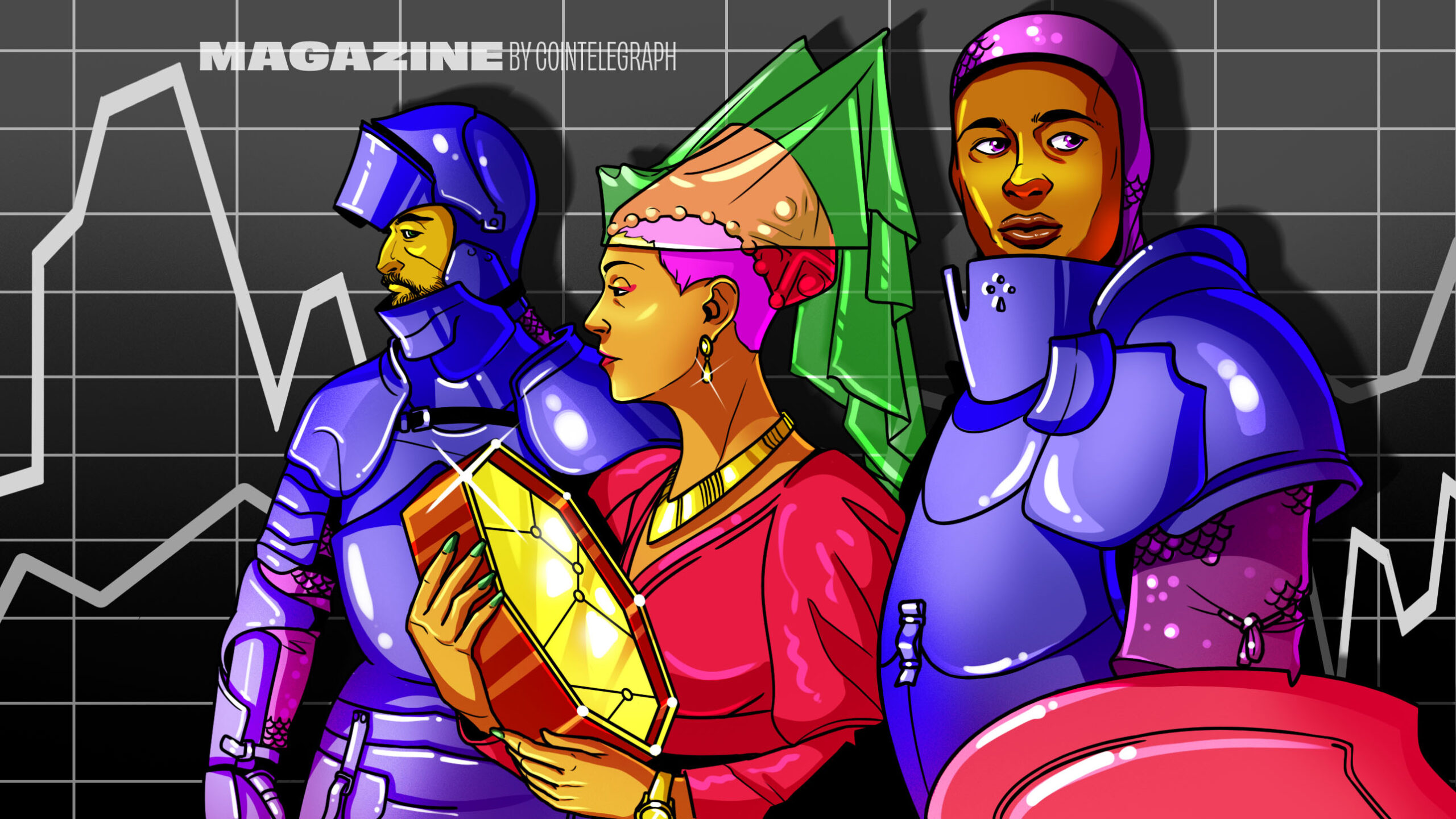Crypto is a volatile place. Money can be as easily lost as made through the ups and downs of Bitcoin and the wider market, and there are
Crypto is a volatile place. Money can be as easily lost as made through the ups and downs of Bitcoin and the wider market, and there are massive decisions to make. Should you just hodl — invest and do nothing — or actively trade the market? How many coins should your portfolio hold? Self-custody or keep your funds on an exchange with pre-determined stop losses?
Basically, how do you protect your stack from the million and one things that can go wrong? We asked Bitcoin OGs and experts in the space for their advice and opinions.
Walk before you can run
When faced with the question of how best to protect your crypto, OG Brock Pierce is circumspect. The former presidential candidate and co-founder of Tether and Block.one points out that not everyone is in the same place.
“Early noobs looking to begin their journey might go to Coinbase and purchase their first $20 or $50 worth of crypto, and it’s not an investment in crypto, but an investment in yourself. However, the moment you have a material investment – and that is a different amount for everybody – then it’s important to understand the basics of hodling and investing in crypto,” he says.
“It’s always better to walk before you can run, to walk in baby steps and don’t let FOMO (fear of missing out) cloud your judgment. This is a marathon, a long game, so take you time and be informed.”
Self-custody for safety
Pierce repeats the mantra, “Not your keys, not your coins.” This is one of the most widespread pieces of wisdom in the world of crypto, where people are encouraged to take responsibility for holding their own crypto rather than outsourcing it to an exchange that can get hacked.
But there are dangers with this approach, too, and if something goes wrong, there is no centralized bank authority to reset the passwords or refund money lost to scams. It’s like holding cash under the mattress — the entire responsibility rests with you — and is referred to as self-custody in crypto.

Self-custody is the key to safe trading, according to Itai Avneri, deputy CEO and chief operating officer at INX Limited, the first and only fully regulated, end-to-end platform for listing and trading both SEC-registered security tokens and cryptocurrencies.
“Self-custody is the key here. Especially when thinking about digital securities and not just crypto. Trading on a centralized exchange that provides the confidence and protection of regulation and, at the same time, trading in a decentralized manner when the customer holds his / her own assets. Generally speaking, your wallet, your keys, your assets. This is the best way to protect yourself from a sudden hold on withdrawals or other events we witnessed in the past year,” Avneri says.
But Bitcoin billionaire Tim Draper of Draper VC says that while that’s true, institutions aren’t keeping funds on a Ledger in a drawer.
“I no longer believe that my dollars in the bank are very safe. They are subject to political winds and inflation,” he says.
“The safest personal money is BOL—Bitcoin on Ledger. The safest institutional money is BAC— Bitcoin at Coinbase,” Draper continues.

Diversification: Don’t just buy eggs
Pierce points out that people advanced in sophistication can look at investigating yield farming or decentralized finance. This allows people to not only protect their crypto but also to look at increasing it through earning yields — but again, this involves risk.
He emphasizes the importance of investing in your own education and notes the importance of diversification.

“If you are participating in those markets, then you by necessity take on the counterparty risk associated with those platforms, and how you mitigate those risks is through diversification, but not having all your eggs in one basket. If any one asset fell, it won’t wreck (rekt) your entire portfolio.”
Diversification in crypto is tricky, as Bitcoin and the rest of the market tend to move up and down at the same time. But Pierce warns against putting too much money in more volatile coins, for example, memecoins, in case of a downturn where the pain will be magnified.
Andrew Latham, a certified financial planner based in Rolesville, North Carolina and the director of content for financial websiteSuperMoney.com, echoes Pierce’s restraint and suggests looking outside of crypto as well.
“The key to surviving market downturns is diversification and a disciplined approach. Don’t put all your eggs in one basket. Spreading your investments across various asset classes can help cushion against volatility. Keep a disciplined approach to crypto investing, focusing on long-term goals over short-term…
cointelegraph.com

COMMENTS